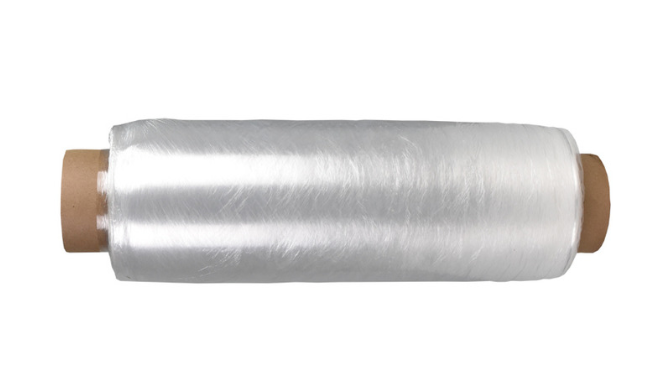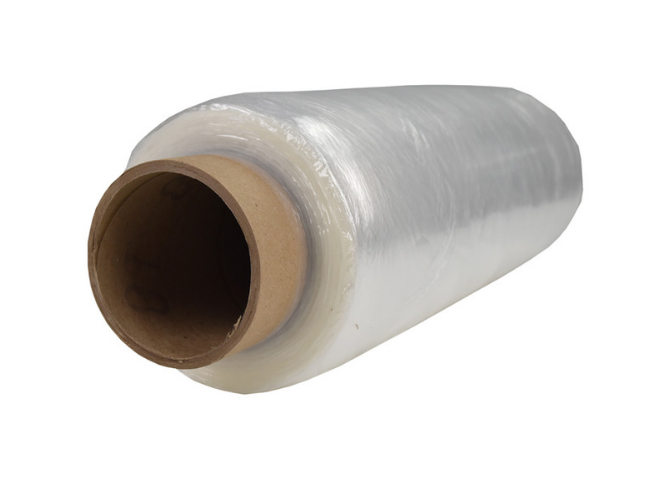- 800-277-7007
- ISO 9001:2015 Certified Company
Cast Stretch Wrap Film vs. Blown Stretch Wrap Film
During the packaging process, many companies use a stretch wrap film to secure products in place to reduce the risk of damage, unwanted tampering, and worker injury. These films come in two distinctive forms, a Cast Stretch Wrap Film and a Blown Stretch Wrap Film.
Both of these stretch wrap films will supply unique benefits and challenges for your packaging strategy, but how do you know which option is right for your company? Luckily for you, we’ve got some helpful information about both of these products outlined below to make your decision easier. Keep reading to learn more about cast and blown stretch wrap film.
Cast Stretch Wrap Film

For cast stretch wrap film, a special cast extrusion process is used during manufacturing. The process involves a thermos-plastic material that’s heated until molten and then extruded using a flat die on a roller. During this step, the molten material is quenched and re-solidified. Because of the way it’s manufactured, cast stretch wrap is produced faster and at a lower cost compared to blown stretch wrap.
Although it provides some great benefits, there are a few important things to consider when using cast stretch wrap. For starters, cast stretch wrap can continue stretching even after it’s applied, which increases the likelihood of shifting during transport. This also makes it difficult for the film to shrink back to its original size after stretching. Cast stretch film also has less tear resistance compared to blown stretch wrap.
Cast stretch film does provide some useful benefits as well. Its production process gives both sides of the film a natural clinginess, which can help stick pallets together for greater security. The film itself is also perfectly clear, so you can quickly read or scan any wrapped products when moving inventory around. When cast stretch wrap is input into machines, it has a quiet unwind to help keep the warehouse less noisy, and it provides a greater consistency of quality when used in automation.
Blown Stretch Wrap Film

When it comes to blown stretch wrap film, the biggest difference is the manufacturing process. For this type of film, a blown extrusion process is used, which involves blowing air into a tube of heated plastic to hasten the cooling process. This gives blown stretch wrap film a higher resilience and a stronger load holding capacity.
Compared to cast stretch wrap film, blown stretch wrap film is much more expensive. It’s also harder to see what products are wrapped on your pallet because the film is cloudy until stretched. Depending on your needs, however, blown stretch wrap can provide the added strength you need to keep products safe during transport.
The greatest advantages of blown stretch wrap film are its durability and load holding power. It can handle more intense load capacities, and it presents a higher tear resistance that will protect your products on the go. Basically, blown stretch wrap film provides the maximum security for your products.
Hopefully, this quick overview has helped you better understand the differences between cast stretch wrap film and blown stretch wrap film. Feel free to browse our stretch wrapping products to see how we can help you maximize your pallet storage. If you’d like to discuss your individual needs with a packaging professional, contact us today.


